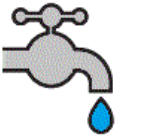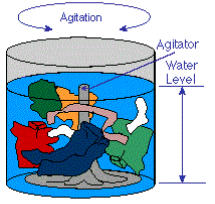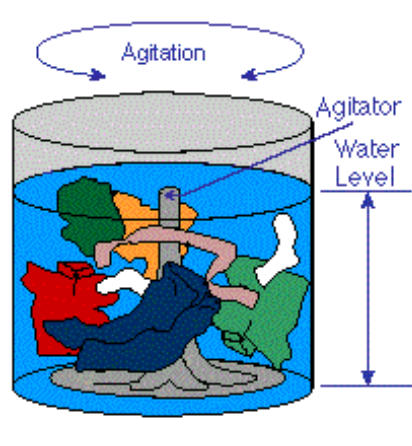
Brand logos and images for informational purposes only - © 2026 Penny Lane Domestic Appliances


Penny Lane Domestic Appliances
Front-loading vs Top-loading
Are front-loading washing machines more efficient than top-loaders? Top-loading A top-loading washing machine totally immerses the laundry in the internally heated water with the detergent; and scrubs the laundry clean by using a central rotating Agitator, then several rinses with a final spin. Front-loading A front-loading washing machine uses a tumbling action to clean the laundry; using the rotation of the inner drum and the interaction with the Paddles, the laundry is gently plunged through the internally heated water with the detergent, then several rinses with a final fast spin. Two different methods of washing laundry - Which is the more efficient? Front-loading machines use 60% less water than the average top-loading machine which means less water has to be heated; as 80 - 90% of the energy used by a washing machine goes towards heating the water. Also, with less water you will only need to use about a third of the amount of detergent required by a top-loader. The gentle tumbling action of a front-loading machine is much easier on clothes than the twisting action they receive in a top-loaders agitation - this means your clothes will be cleaner and last longer. With a fast spin speed front-loading washing machine your tumble dryer will use less energy to dry the laundry The typical top-loading machine spins at about 600 -700 rpm. Many front-loading machines also spin faster at 1200 -1600 rpm, this forces more water out of the laundry - so a tumble dryer will use less energy to dry the laundry. Savings on Electricity, Water and Detergent bills Using an Energy efficient front-loading machine will take greater care of the environment, while saving you money on your Electricity, Water and Detergent bills. Here in the UK, where expensive electricity and water have been driving efficiency improvements for many years – more than 90% of washing machines are front-loading. Also, see our guide to: The Energy efficiency label, explained
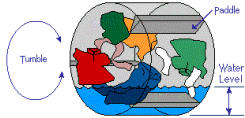
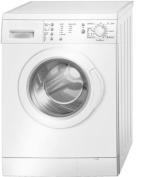
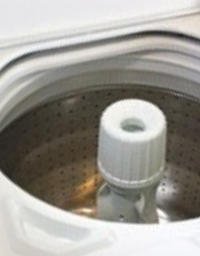








Brand logos and images for informational purposes only
© 2026 Penny Lane Domestic Appliances
Front-loading
vs
Top-loading
Are front-loading washing machines more efficient than top-loaders? Top-loading A top-loading washing machine totally immerses the laundry in the internally heated water with the detergent; and scrubs the laundry clean by using a central rotating Agitator, then several rinses with a final spin. Front-loading A front-loading washing machine uses a tumbling action to clean the laundry; using the rotation of the inner drum and the interaction with the Paddles, the laundry is gently plunged through the internally heated water with the detergent, then several rinses with a final fast spin. Two different methods of washing laundry - Which is the more efficient? Front-loading machines use 60% less water than the average top-loader. Which means less water has to be heated; as 80 - 90% of the energy used by a washing machine goes towards heating the water. Also, with less water you will only need to use about a third of the amount of detergent required by a top-loader. The gentle tumbling action of a front- loading machine is much easier on clothes than the twisting action they receive in a top-loaders agitation - this means your clothes will be cleaner and last longer. With a fast spin speed front-loading machine your tumble dryer will use less energy to dry the laundry The typical top-loading machine spins at about 600 -700 rpm. Many front-loading machines also spin faster at 1200 -1600 rpm, this forces more water out of the laundry - so a tumble dryer will use less energy to dry the laundry. Savings on Electricity, Water and Detergent bills Using an Energy efficient front-loading washing machine will take greater care of the environment, while saving you money on your Electricity, Water and Detergent bills. Here in the UK, where expensive electricity and water have been driving efficiency improvements for many years, more than 90% of washing machines are front-loading.

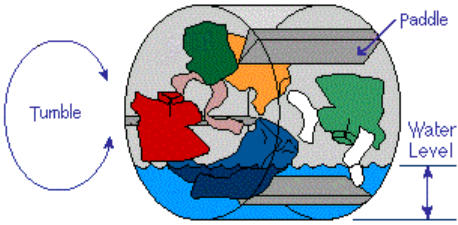

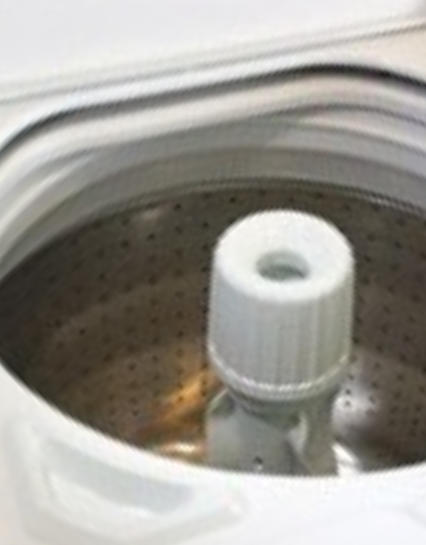

Penny Lane
Domestic Appliances



